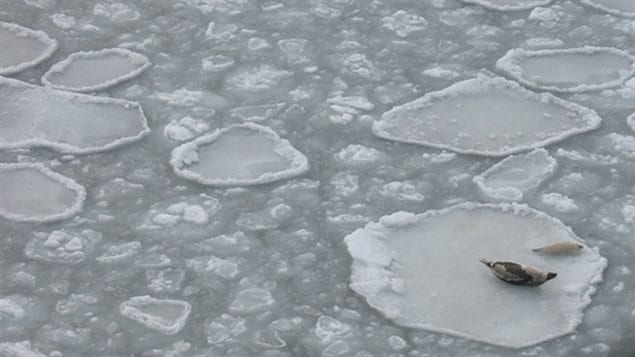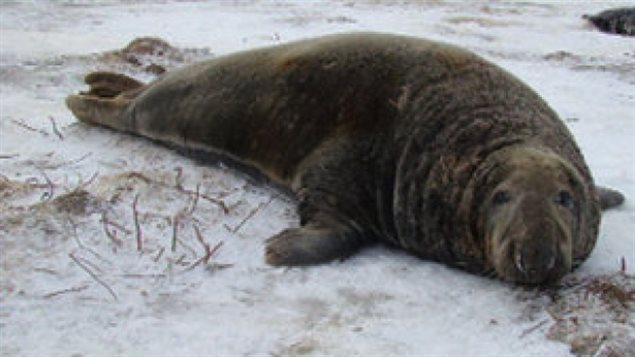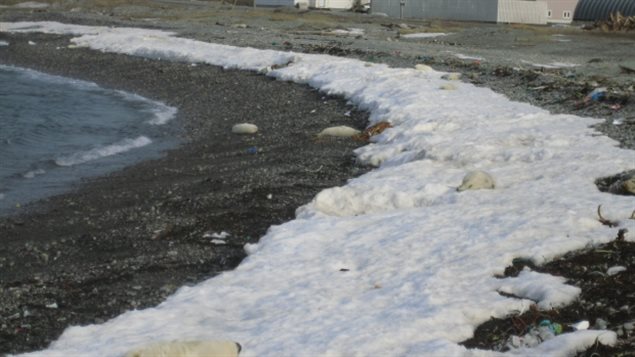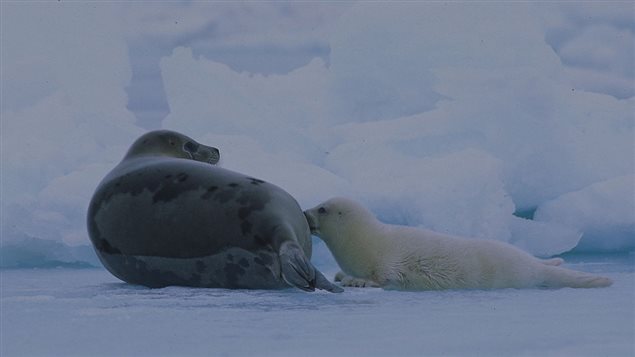Harp seals which usually give birth around late February or early March are common in the Gulf of St Lawrence. This year though, scientists who count the seal population every five years say the seals have moved further out from their usual birthing grounds due to poor ice conditions in the Gulf.
The scientists found most of the herd had moved out towards Newfoundland to have their pups.

They say that the harp seals are also more widely spread out this year instead of congregating in a few areas.
Grey seals which tend to give birth slightly earlier in the season seem to have adapted rather better to the lack of ice in their traditional areas in the Northumberland Strait between Prince Edward Island and mainland New Brunswick and Nova Scotia.

While harp seals rely on ice to give birth and tend to abandon pups born on land, the grey seals seem willing to give birth on land if ice is not available.

However the scientist report that due to melting ice many of the grey and harp pups born on the thin ice in the Gulf are at risk.

One scientist said they would fly over an area one day counting pups on the patches of ice, and when they returned the ice was gone with the likelihood the young pups had drowned.
Additional information- sources







For reasons beyond our control, and for an undetermined period of time, our comment section is now closed. However, our social networks remain open to your contributions.